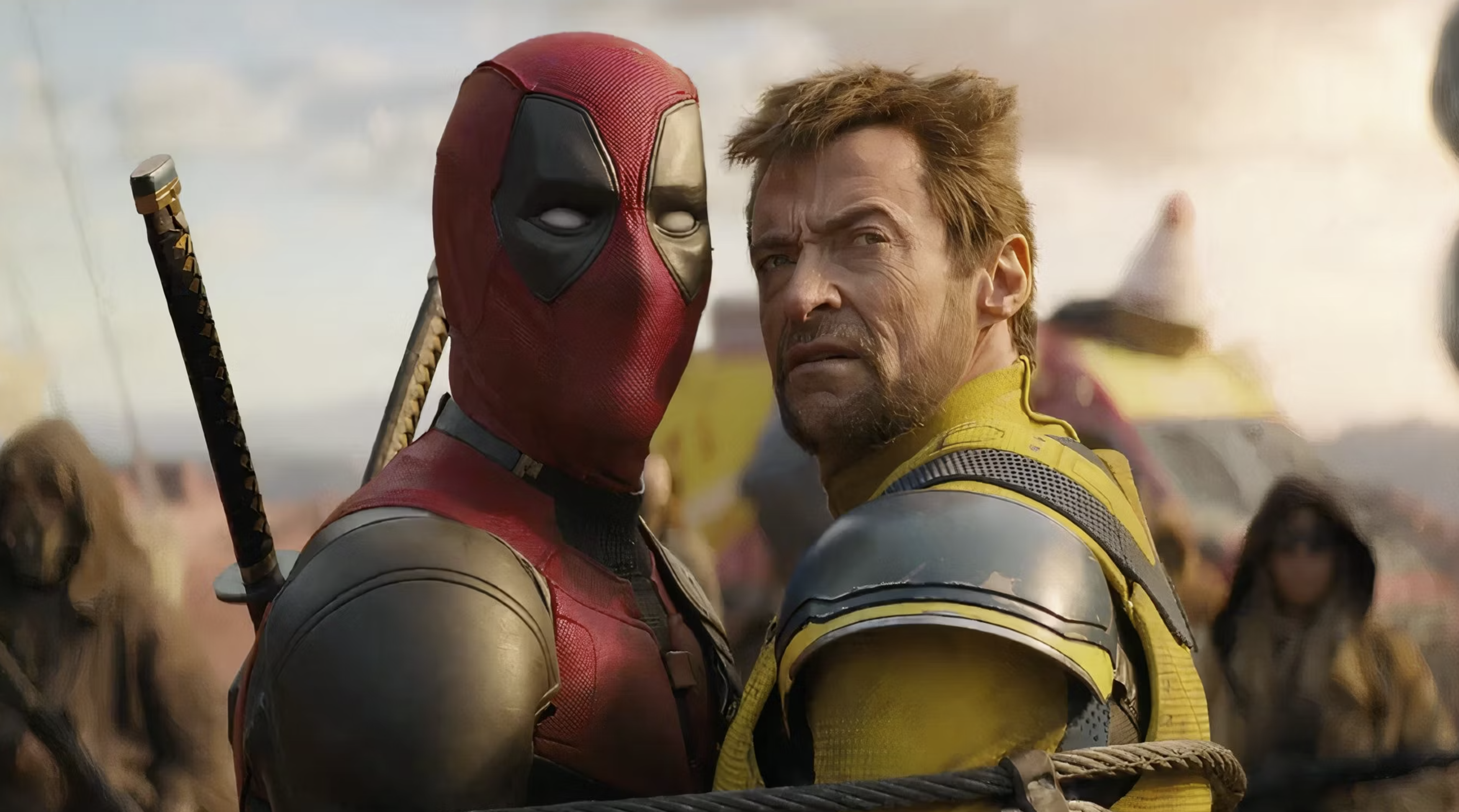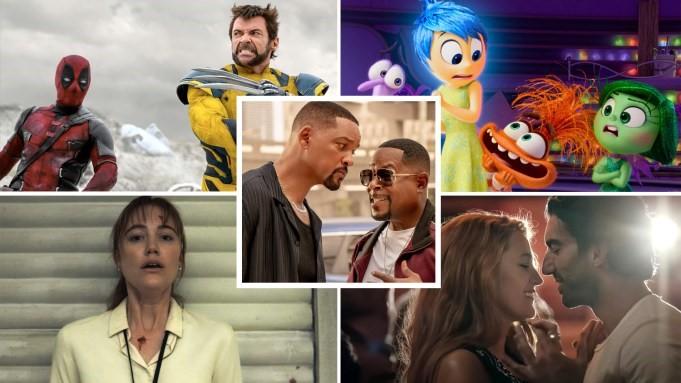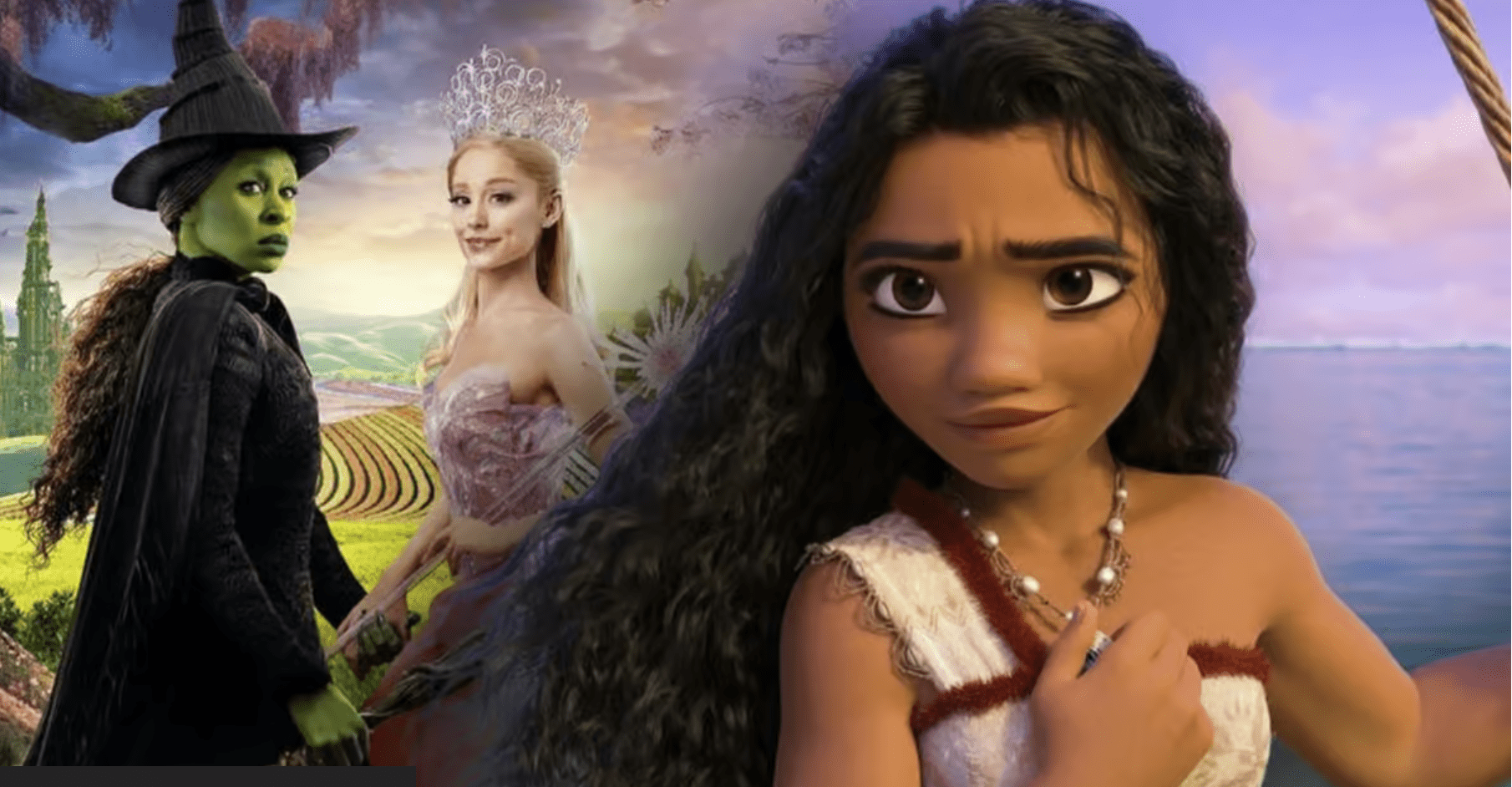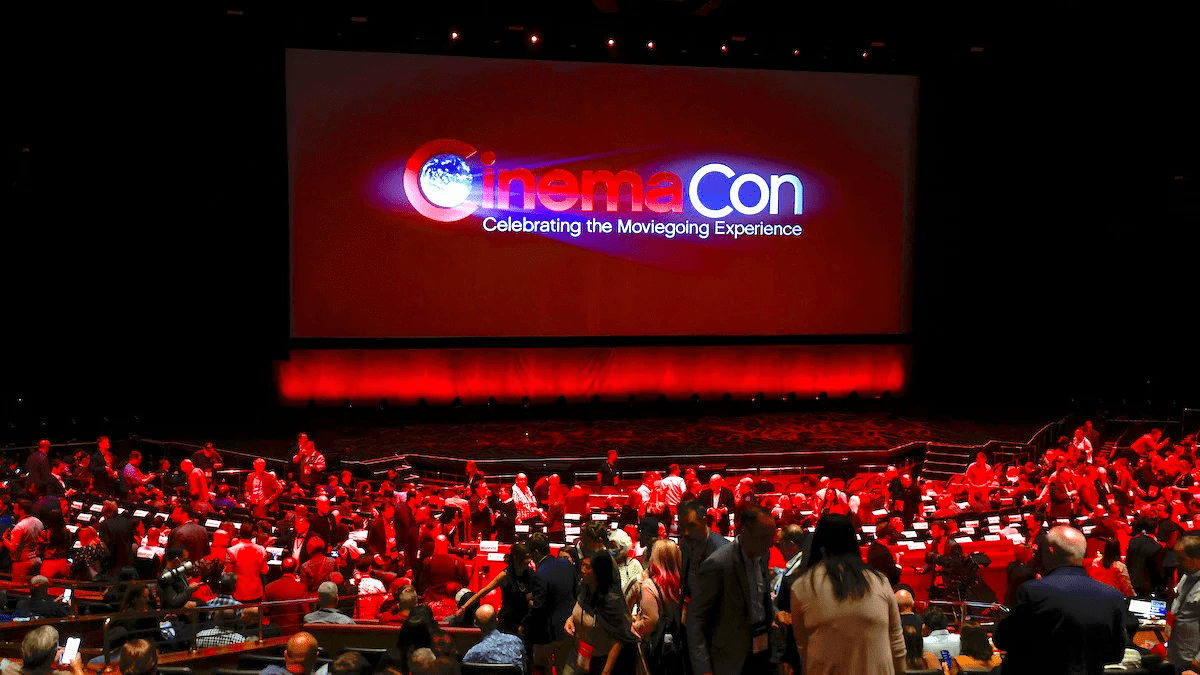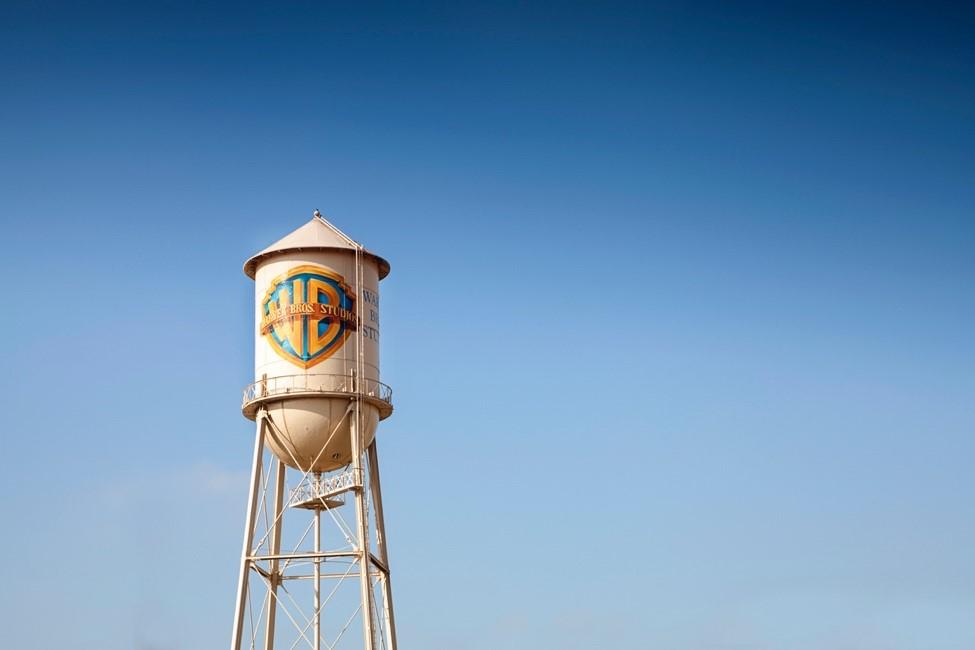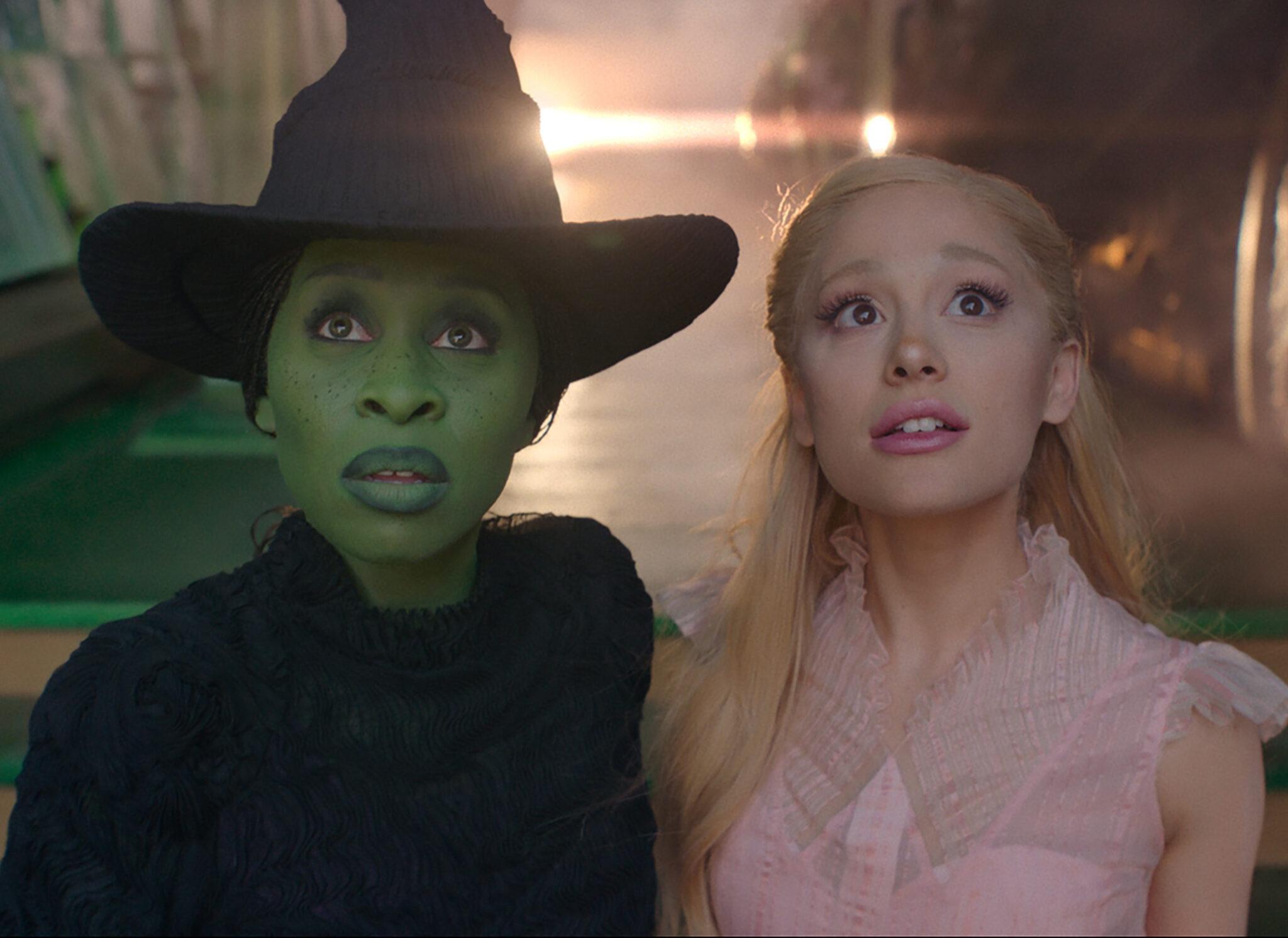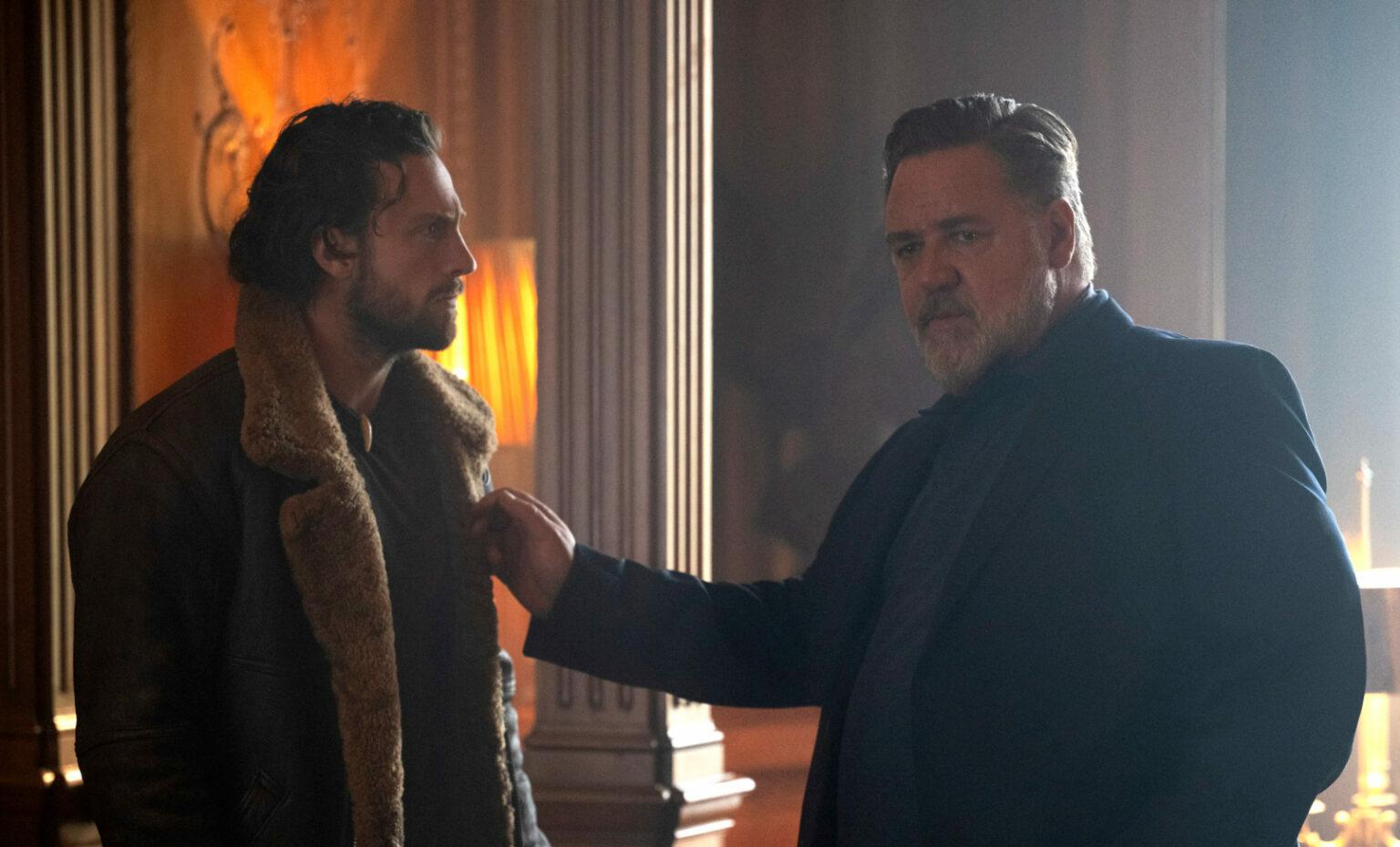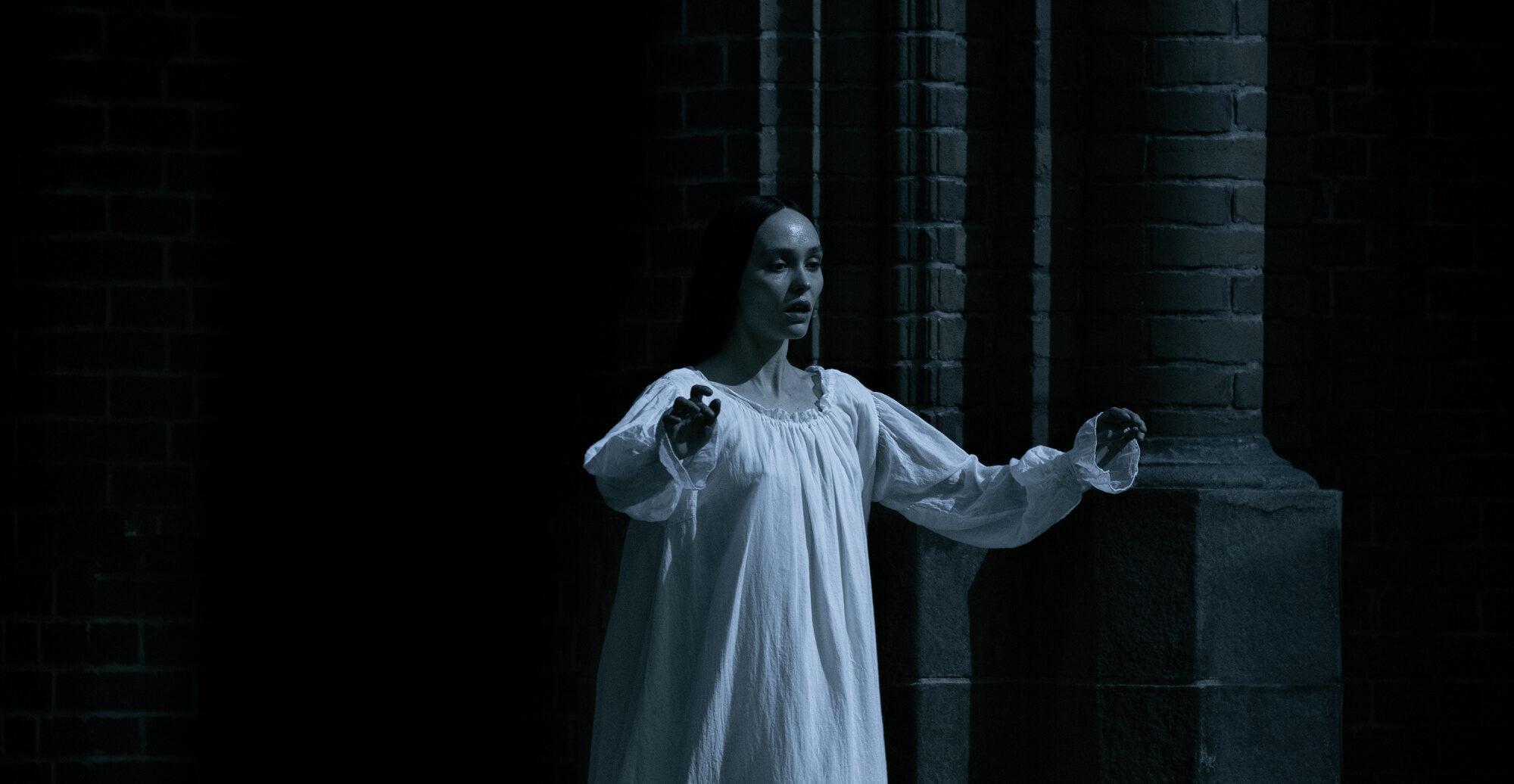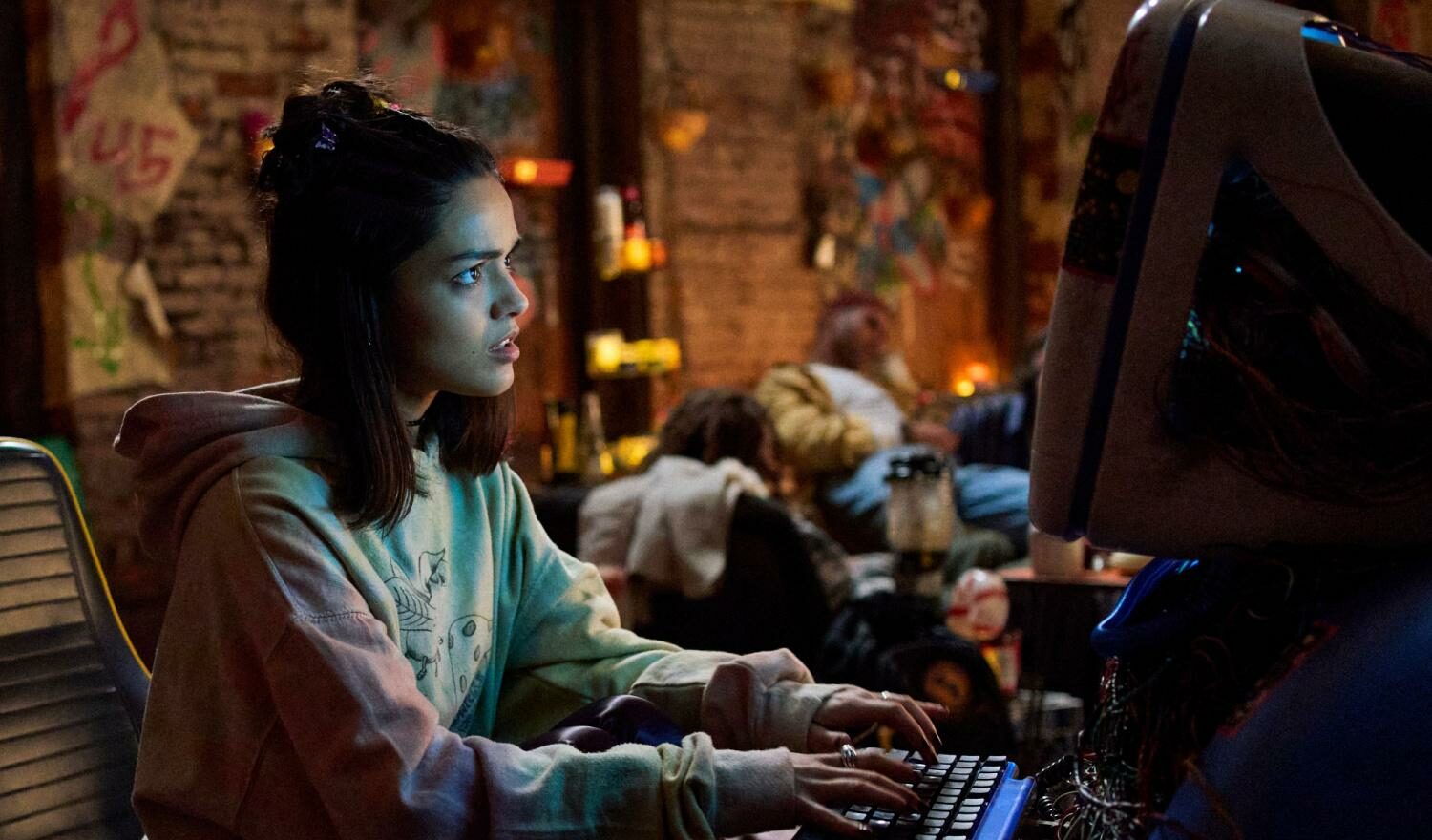VERDICT: Joaquin Phoenix and director Todd Phillips return to their billion-dollar killer-clown origin story with this music-stuffed, lavishly staged but dramatically flawed sequel.
Hoping that lightning can strike twice, Todd Phillips and Joaquin Phoenix have returned to their phenomenally successful supervillain origin story with this all-singing, all-dancing, music-stuffed second chapter. Joker: Folie à Deux is a longer, bigger, more expensive film than its predecessor Joker (2019), and equally inventive in some ways, but not without its flaws and disappointments. Despite some powerhouse performances and impressively bold stylistic flourishes, that familiar film folklore rule about sequels always bringing in diminishing returns sadly applies here.
By re-imagining one of Batman’s most iconic foes as a psychologically damaged anti-hero driven to violence by mental illness, emotional abuse, and social inequality, Joker became a huge critical and commercial hit. It earned 11 Oscar nominations and won two, one for an extraordinary shape-shifting star turn by Phoenix, plus box office returns north of a billion dollars. Five years ago, the director and star insisted there were no sequel plans but, perhaps inevitably, here they are again. They look at clowns from both sides now.
Joined here by Lady Gaga, Phoenix gives another deeply committed performance, having once again starved himself to scarily thin scarecrow dimensions. The song-and-dance numbers are mostly glorious, sumptuously staged, and frequently hilarious. But the rest of the movie feels scrappy and disjointed by comparison, like background scenes in some deranged jukebox musical. The film world premieres in Venice this week, the same festival where Joker began its meteoric rise five years ago by winning the prestigious main prize, The Golden Lion. Warner Brothers are lining up a worldwide release in October.
Folie à Deux begins strongly, with a usually sweet-voiced Nick Cave crooning Bacharach and David’s “What The World Needs Now” as a Looney Tunes-style cartoon dances across the screen featuring Joker as an animated character. This lively opening vignette is a promising blast of left-field mischief created by Sylvain Chomet, the prize-winning director of The Triplets of Belleville (2003) and The Illusionist (2010).
The action takes place two years after the events in the first film. We are back in Gotham City, once again a grungy, run-down, funhouse-mirror version of early 1980s New York. Failed comedian turned serial killer Arthur Fleck, aka Joker, is now detained in the city’s Arkham State Hospital for the criminally insane after shooting talk show host Murray Franklin dead on live television, on top of five more murders, as depicted in Joker.
Waiting to hear if he is deemed fit to stand trial, Arthur is a broken, withdrawn husk of a man, no longer the demonically cackling supervillain hailed as a folk hero two years before. But a meeting with fellow inmate Harley Quinn (Gaga) during a music therapy class rekindles some of his old anarchic spark. She dreams of being Cher to his Sonny, Bonnie to his Clyde, and Nitro to his glycerine. The volatile sexual chemistry between the pair soon becomes a disruptive force across the jail, unsettling guards and prisoners.
Having built up all this potential, like a rumbling volcano, Folie à Deux never delivers the eruption it seems to promise. Instead, the second half gets bogged down in prosaic courtroom drama, spending too long re-litigating the events of the first film, and whether Arthur can be spared the death penalty due to his dissociative mental disorder. Meanwhile, Harley watches from the gallery, the ultimate groupie, relishing her lover’s deepening notoriety and escalating insanity. There are still enjoyable flourishes here, but dramatic momentum slows down significantly as the plot plods through too much procedural detail.
An explosive climax to the court case feels like an exciting breakthrough. Still, Phillips abruptly puts a lid on it, pushing an underwritten Harley to the margins and downplaying Arthur’s combustible status as a rebel icon for the disaffected masses. A jarringly dark final twist comes out of the blue, unrelated to the main plot, and thus lacks the emotional punch it should have had. Compared to the sustained operatic crescendo that rounded off the original Joker, this rushed wrap-up feels oddly clumsy and conventional, with very little of that film’s psychological complexity or sociopolitical critique. A sprinkle of superfluous cameos, notably Steve Coogan as a TV interviewer, feels more like window dressing than vital dramatic texture.
That said, Folie à Deux has its saving graces, notably its head-spinning detours into old-school Hollywood musical terrain. The soundtrack is crammed bursting with classics from the great American songbook, vintage Broadway show tunes, easy-listening pop gems, and more. Singing live and raw on set, Gaga and Phoenix share the vocal performances, solo and together. They often break into song mid-scene, moving from low-key naturalism to heavily stylized big-production numbers, with the shift usually framed as fantasy, dream, or hallucination.
Among many superbly staged musical highlights is a duet version of the Bee Gees-penned “To Love Somebody” which features the pair as a kind of homicidal folk-pop duo, Gaga’s rollicking rockin’ soul take on “Gonna Build a Mountain”, originally written by Anthony Newley and Leslie Bricusse for the 1961 stage musical Stop The World – I Want to Get Off, and Phoenix’s heart-tugging rendition of “If You Go Away”, the English translation of Jacques Brel’s classic tearjerking chanson “Ne Me Quitte Pas”. First heard in the Fred Astaire musical The Band Wagon (1953), jaunty toe-tapper “That’s Entertainment!” also serves as a recurring motif, its lyric increasingly curdled and ironic. Joker: Folie à Deux is never boring, but it plays like a great overstuffed triple album with a muddled hot mess of a movie attached.


